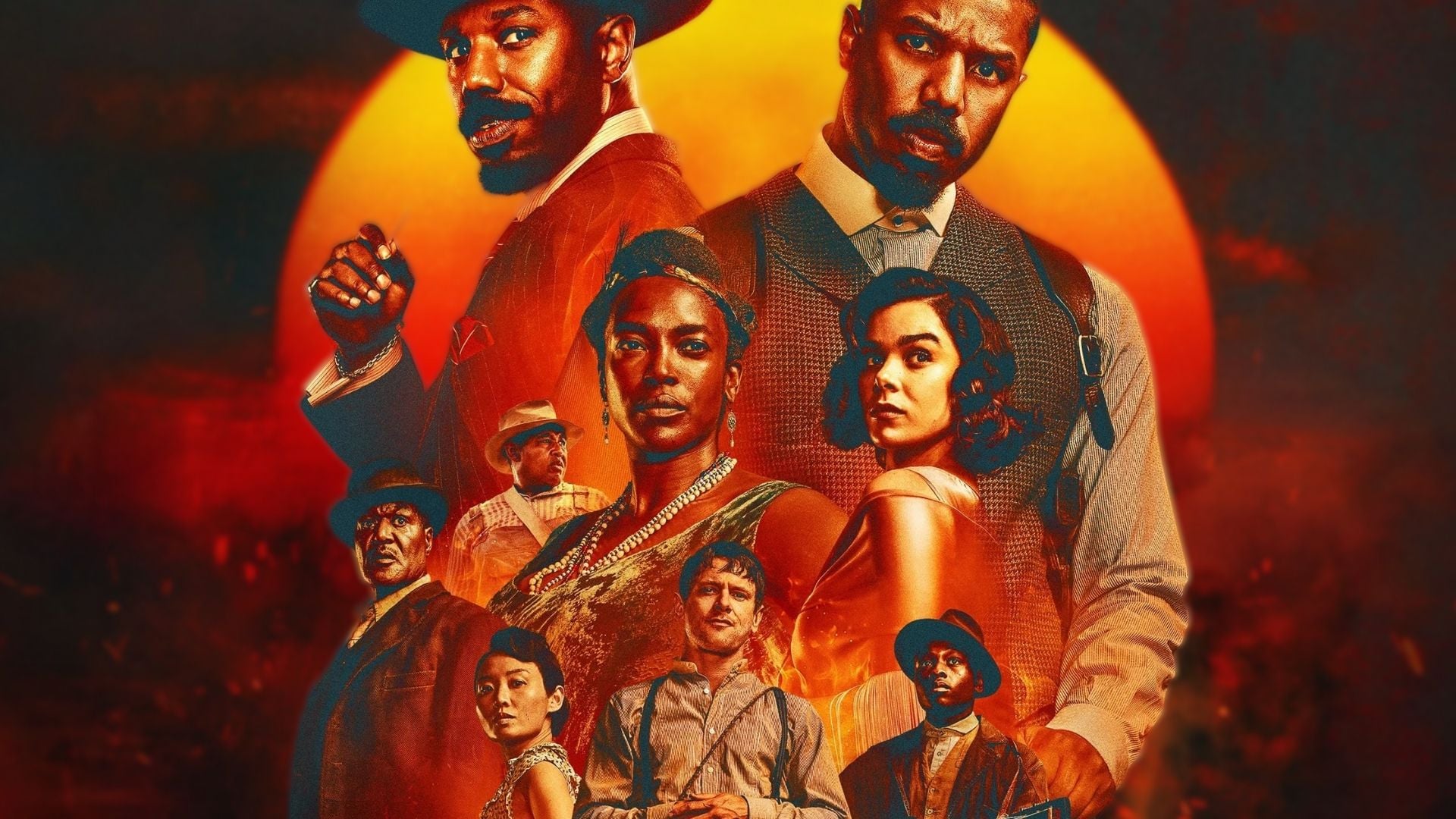
Sinners – Religion & Blues
Pass the vibe check and the juke joint of remembering bodies, conversating numbers and strum humming. Pierce the veil of life and death with Sinners this week. Check out our write ups for press events we were invite to: Our question for Ryan Coogler was asked: Fruitvale Station, Creed, Black Panther, and now Sinners—you have a […]
Hosted By
KT & Oti
For Your Reference
Show Notes
Pass the vibe check and the juke joint of remembering bodies, conversating numbers and strum humming. Pierce the veil of life and death with Sinners this week.
Check out our write ups for press events we were invite to:
Our question for Ryan Coogler was asked:
Fruitvale Station, Creed, Black Panther, and now Sinners—you have a poetic ability to speak truths. How do you balance heart and story? Are they one and the same, or do you see them as separate?
Blood on the Bayou: 7 Takeaways from the Sinners Press Junket with Ryan Coogler & Crew
Sinners: Inside Ryan Coogler’s Genre-Bending, IMAX-Shot, Blues-Infused Horror Masterpiece
—
Summary
Welcome back to the For Your Reference podcast—your weekly dive into film analysis and cultural exploration. This week, we venture into the depths of the 2023 cinematic gem, “Sinners,” starring Ryan Coogler at the helm. A movie that intertwines themes of religion, culture, colonialism, and the supernatural through a storyline deeply embedded in black identity and history. Let’s unpack the layers of this film and immerse ourselves in its world.
The Intersection of Religion and Blues
“Sinners” presents a narrative deeply woven with the threads of religion and the blues. Ryan Coogler beautifully balances these elements with the story’s core, signalling a return to one’s roots amidst a backdrop of colonial impositions. As KT puts it, “religion is what they brought to us, but the blues is ours.” The film uses blues music to express a channel to ancestral heritage, speaking to a past marred by the chains of oppression yet resilient in spirit.
Delta Slim’s story captures this essence poignantly. As he recounts harrowing memories of racial violence and injustice, audiences are brought into the heart of the blues’ origins—a soulful cry born from pain and survival.
Cultural Reflection and Ancestry
The juke joint in “Sinners” serves as a pivotal scene that transcends typical horror tropes. Here, the world of the living and the dead become a mosaic of cultural expression. Through intricate costuming and evocative music, the film visually narrates a continuum of black identity from past to present. It’s not just a celebration of culture, but an acknowledgement of history—a history filled with triumphs and struggles.
Hoodoo and African Cultural Practices
Vampirism in “Sinners” is an allegory for colonialism and Christianity. Ryan Coogler uses the supernatural as a commentary on how cultural practices were suppressed and replaced. The “cornbread scene” showcases this as it highlights the importance of invitation—and acceptance—within spiritual realms. Hoodoo, a significant cultural aspect, reminds viewers of connection to ancestry beyond the physical world, challenging the dominance of imposed beliefs.
Vampirism as Colonial Symbolism
By associating vampirism with religion and colonialism, Coogler examines how belief systems were weaponized against African cultures. The antagonists, led by Remic, epitomize colonial forces offering “eternal life,” which in reality is a metaphor for cultural erasure. The film smartly layers these elements in a narrative that questions freedom and identity.
Final Thoughts and Double Feature Suggestions
“Sinners” is a multi-layered film worthy of numerous viewings to fully grasp its rich, nuanced commentary. With stellar performances and a cohesive vision, it invites introspection into themes of belonging, spirituality, and cultural reclamation.
For those seeking to explore similar themes, consider pairing “Sinners” with “Ganja and Hess,” another film that scrutinizes the intersection of horror and culture, or immerse yourself in the fierce, insightful worlds of “Nope” and “Malcolm X.”
Conclusion
Join us in this thoughtful exploration and let “Sinners” guide you through a dialogue of identity and historical reflection. Stay tuned for more insights and discussions from the For Your Reference household. Until next time, keep the dialogue alive and the spirit strong!
Join the Conversation
Follow us on Twitter, Instagram, Blue Sky, and Threads at @foryourrefpod. Find our podcast on your favorite platforms, and join the community as we continue to explore the intersections of cinema, culture, and identity. Until next week—watch, reflect, and engage!
Episode Details
- Duration
- 0:00
- Released
- April 22, 2025
- Category
- Episode
- Hosts


Up Next
FYR 2025 Host & Patron Ratings
December 31, 2025
The Beast in Me – Jekyll & Snide
December 2, 2025
100m, Bugonia, If I Had Legs I’d Kick You & Predator: Badlands
November 11, 2025